Darren Aronofsky at CNN:
 I became aware of his utter lack of vanity. He never adjusted his hair or gave a damn about makeup or a lighting setup.
I became aware of his utter lack of vanity. He never adjusted his hair or gave a damn about makeup or a lighting setup.
He was always dressed perfectly for whatever we were doing — never flashy, never understated. He just showed up, and he worked. I have rarely witnessed talent on his scale be so willingly present and real.
Tony was just himself: humble, confident, authentic, mischievous, kind. He greeted every fan’s request for a selfie with patience and a smile.
We spent long hours on rough roads traversing the country, sometimes talking about our favorite road movies (Preston Sturges’ “Sullivan’s Travels” by unanimous decision).
And every night we’d retreat to a basket of momos (Bhutanese dumplings) and a couple of fingers of Jack.
More here.

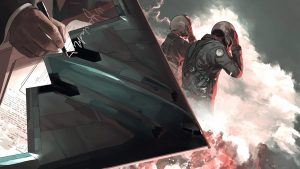 The B-2 stealth bomber is the world’s most exotic strategic aircraft, a subsonic flying wing meant to be difficult for air defenses to detect—whether by radar or other means—yet capable of carrying nearly the same payload as the massive B-52. It came into service in the late 1990s primarily for use in a potential nuclear war with the Soviet Union, and clearly as a first-strike weapon rather than a retaliatory one. First-strike weapons have destabilizing, not deterrent, effects. It is probably just as well that the stealth bomber was not quite as stealthy as it was meant to be, and was so expensive—at $2.1 billion each—that only 21 were built before Congress refused to pay for more. Nineteen of them are now stationed close to the geographic center of the contiguous United States, in the desolate farmland of central Missouri, at Whiteman Air Force Base. They are part of the 509th Bomb Wing, and until recently were commanded by Brigadier General Paul W. Tibbets IV, whose grandfather dropped the atomic bomb on Hiroshima. B-2 bombers are still primarily regarded as a nuclear-delivery system, meaning that their crews are by selection the sort of men and women capable of defining success as a precisely flown sortie at the outset of mass annihilation. No one should doubt that, if given the order to launch a nuclear attack, these crews would carry it out. In the meantime, they have occasionally flown missions of a different sort—make-work projects such as saber rattling over the Korean peninsula, and the opening salvos in Serbia, Afghanistan, and Iraq—to tactical advantage without American discomfort.
The B-2 stealth bomber is the world’s most exotic strategic aircraft, a subsonic flying wing meant to be difficult for air defenses to detect—whether by radar or other means—yet capable of carrying nearly the same payload as the massive B-52. It came into service in the late 1990s primarily for use in a potential nuclear war with the Soviet Union, and clearly as a first-strike weapon rather than a retaliatory one. First-strike weapons have destabilizing, not deterrent, effects. It is probably just as well that the stealth bomber was not quite as stealthy as it was meant to be, and was so expensive—at $2.1 billion each—that only 21 were built before Congress refused to pay for more. Nineteen of them are now stationed close to the geographic center of the contiguous United States, in the desolate farmland of central Missouri, at Whiteman Air Force Base. They are part of the 509th Bomb Wing, and until recently were commanded by Brigadier General Paul W. Tibbets IV, whose grandfather dropped the atomic bomb on Hiroshima. B-2 bombers are still primarily regarded as a nuclear-delivery system, meaning that their crews are by selection the sort of men and women capable of defining success as a precisely flown sortie at the outset of mass annihilation. No one should doubt that, if given the order to launch a nuclear attack, these crews would carry it out. In the meantime, they have occasionally flown missions of a different sort—make-work projects such as saber rattling over the Korean peninsula, and the opening salvos in Serbia, Afghanistan, and Iraq—to tactical advantage without American discomfort.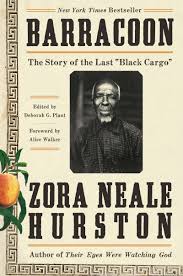 Anne Enright recently said of the Irish-American writer Maeve Brennan: “[she] didn’t have to be a woman to be forgotten, but it surely helped”. The same could be said of the African-American writer Zora Neale Hurston (1891-1960), whose extraordinary fictional and anthropological works of the 1930s disappeared into obscurity until revived by feminist scholars in the 1970s. Alongside the better-remembered male writers Langston Hughes and Alain Locke, Hurston was a significant figure of the Harlem Renaissance, though her work was less concerned with the urban “New Negro” than with the rural black subject whose experience she documented alongside her mentor, Franz Boaz, the founder of American anthropology. Her ethnographic scholarship considered the chains that link African, Caribbean, and African-American culture, and she frequently turned to her own home town of Eatonville, Florida for material. She is best-known, however, for her fiction, in particular for her remarkable 1937 novel Their Eyes Were Watching God, which tells the tale of Janie Crawford, an African-American woman born in the aftermath of slavery who must contend not only with white oppression but with black male dominance as well.
Anne Enright recently said of the Irish-American writer Maeve Brennan: “[she] didn’t have to be a woman to be forgotten, but it surely helped”. The same could be said of the African-American writer Zora Neale Hurston (1891-1960), whose extraordinary fictional and anthropological works of the 1930s disappeared into obscurity until revived by feminist scholars in the 1970s. Alongside the better-remembered male writers Langston Hughes and Alain Locke, Hurston was a significant figure of the Harlem Renaissance, though her work was less concerned with the urban “New Negro” than with the rural black subject whose experience she documented alongside her mentor, Franz Boaz, the founder of American anthropology. Her ethnographic scholarship considered the chains that link African, Caribbean, and African-American culture, and she frequently turned to her own home town of Eatonville, Florida for material. She is best-known, however, for her fiction, in particular for her remarkable 1937 novel Their Eyes Were Watching God, which tells the tale of Janie Crawford, an African-American woman born in the aftermath of slavery who must contend not only with white oppression but with black male dominance as well.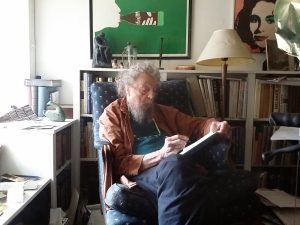 He worked hard and now can rest. He was one of America’s best-loved poets and won all the literary awards. At eighty-six, he had his first New York Times best seller, with Essays After Eighty, celebrating the indignities of growing old. I once gave him a terrible review, and we didn’t speak for years. “I know I was pissed at you for ten or twelve years,” he wrote. “I take it back. You are good.” He was a judge for the Pulitzer the year I was a finalist. We became friends.
He worked hard and now can rest. He was one of America’s best-loved poets and won all the literary awards. At eighty-six, he had his first New York Times best seller, with Essays After Eighty, celebrating the indignities of growing old. I once gave him a terrible review, and we didn’t speak for years. “I know I was pissed at you for ten or twelve years,” he wrote. “I take it back. You are good.” He was a judge for the Pulitzer the year I was a finalist. We became friends. Soccer makes very little sense at the best of times, and on Monday, in the dying moments of Iran’s World Cup match against Portugal, it made no sense at all. The game had been combative. It was the third and final match day in Group B, and both teams had a chance to advance to the knockout stage; both teams also knew that a bad result could send them home. Elbows flew on every contested header. Bodies strained in ways that made you think of the word “sinew,” possibly for the first time all year. Cristiano Ronaldo, the Portuguese star, winced so hard after bashing a free kick into the Iranian wall that his neck briefly looked like the Rock’s neck.
Soccer makes very little sense at the best of times, and on Monday, in the dying moments of Iran’s World Cup match against Portugal, it made no sense at all. The game had been combative. It was the third and final match day in Group B, and both teams had a chance to advance to the knockout stage; both teams also knew that a bad result could send them home. Elbows flew on every contested header. Bodies strained in ways that made you think of the word “sinew,” possibly for the first time all year. Cristiano Ronaldo, the Portuguese star, winced so hard after bashing a free kick into the Iranian wall that his neck briefly looked like the Rock’s neck.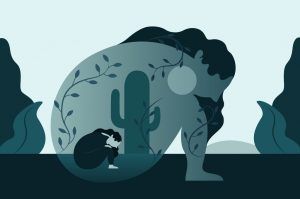 A four-minute film produced for the UnLonely Film Festival and Conference last month featured a young woman who, as a college freshman,
A four-minute film produced for the UnLonely Film Festival and Conference last month featured a young woman who, as a college freshman, 
 The ability to control electricity so that it arrives in measured doses where and when needed combined with simple steps to improve public sanitation, such as running water, indoor toilets and the removal of the uncountable tons of horse manure that marked major cities before the advent of the internal combustion engine that spurred roads and transportation networks that enabled frozen food to be enjoyed from coast to coast, wrought a step change in living standards unlikely to be repeated.
The ability to control electricity so that it arrives in measured doses where and when needed combined with simple steps to improve public sanitation, such as running water, indoor toilets and the removal of the uncountable tons of horse manure that marked major cities before the advent of the internal combustion engine that spurred roads and transportation networks that enabled frozen food to be enjoyed from coast to coast, wrought a step change in living standards unlikely to be repeated.

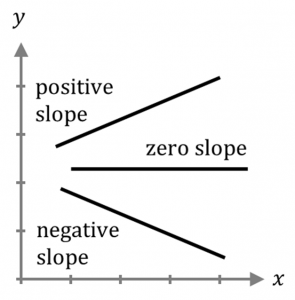 “It’s a long, long way from the Trump administration to an actual fascist dictatorship,” I said, “but it’s a straight line.”
“It’s a long, long way from the Trump administration to an actual fascist dictatorship,” I said, “but it’s a straight line.” It was all another day of Trump TV. Another day when all eyes were on Trump. Another day when headlines ran with his name splashed across the front page all over the world. Another day when memes were shared on Facebook and twitter. And another day people expressed feeling incredibly offended over and over again.
It was all another day of Trump TV. Another day when all eyes were on Trump. Another day when headlines ran with his name splashed across the front page all over the world. Another day when memes were shared on Facebook and twitter. And another day people expressed feeling incredibly offended over and over again.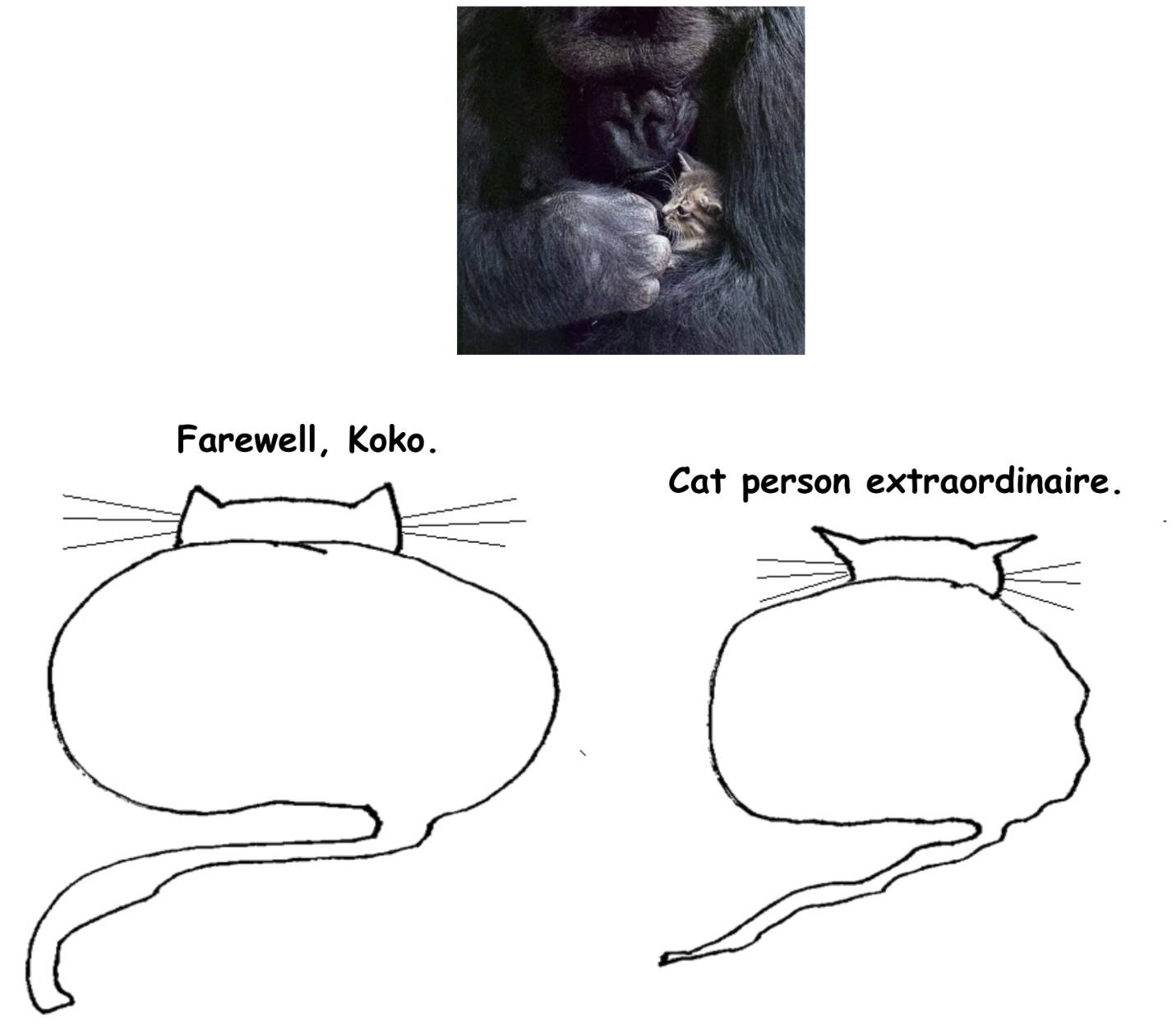
 Give me a break I mutter. I text—and I text. Incessantly I text. Send money. Now. Send money. More money. You don’t reply. You will. It is Spring and I am young. Everyone around me on the beach is around my age or younger. We are young.
Give me a break I mutter. I text—and I text. Incessantly I text. Send money. Now. Send money. More money. You don’t reply. You will. It is Spring and I am young. Everyone around me on the beach is around my age or younger. We are young. We, as emotional beings, place a high value on happiness and joy. Happiness is more than a feeling to us – it’s something we require and strive for. We’re so fixated on happiness that we define the pursuit of it as a right. We seek happiness not only for ourselves and our loved ones, but also for our planet and its creatures.
We, as emotional beings, place a high value on happiness and joy. Happiness is more than a feeling to us – it’s something we require and strive for. We’re so fixated on happiness that we define the pursuit of it as a right. We seek happiness not only for ourselves and our loved ones, but also for our planet and its creatures.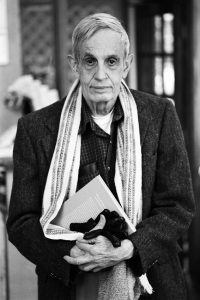 In 1950, John Nash — the mathematician later featured in the book and film “A Beautiful Mind” — wrote a
In 1950, John Nash — the mathematician later featured in the book and film “A Beautiful Mind” — wrote a